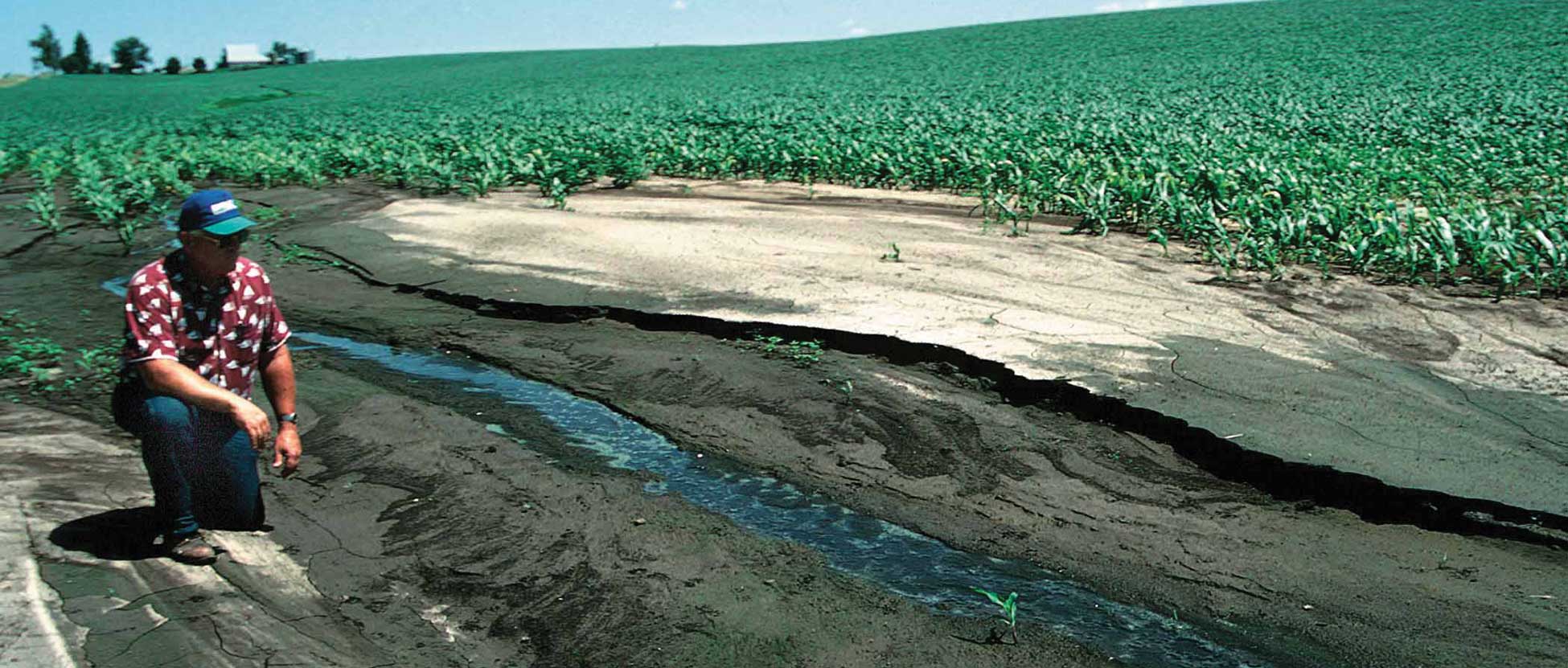
Figure 149. Chemicals applied to farm fields help production and keep down weeds. Erosion allows some harmful chemicals to drain into streams and rivers. (USDA)
“Alternative agriculture” refers to farming methods that are different from usual farming practices. One type of alternative agriculture is organic farming. Organic farmingRaising food without the use of chemicals refers to raising food without the use of chemicals. ChemicalsArtificial substances developed in laboratories are artificial (not natural) substances developed in laboratories.
In order for plants to grow, soil must contain certain nutrients that plants use for food. As crops use up the nutrients, more nutrients need to be added to the soil. Farmers use chemical fertilizerAdding nutrients to the soil to provide some of these needed nutrients.
Organic farmers do not use chemical fertilizers. Instead, they use natural means to replace nutrients. One method is the use of cover crops.
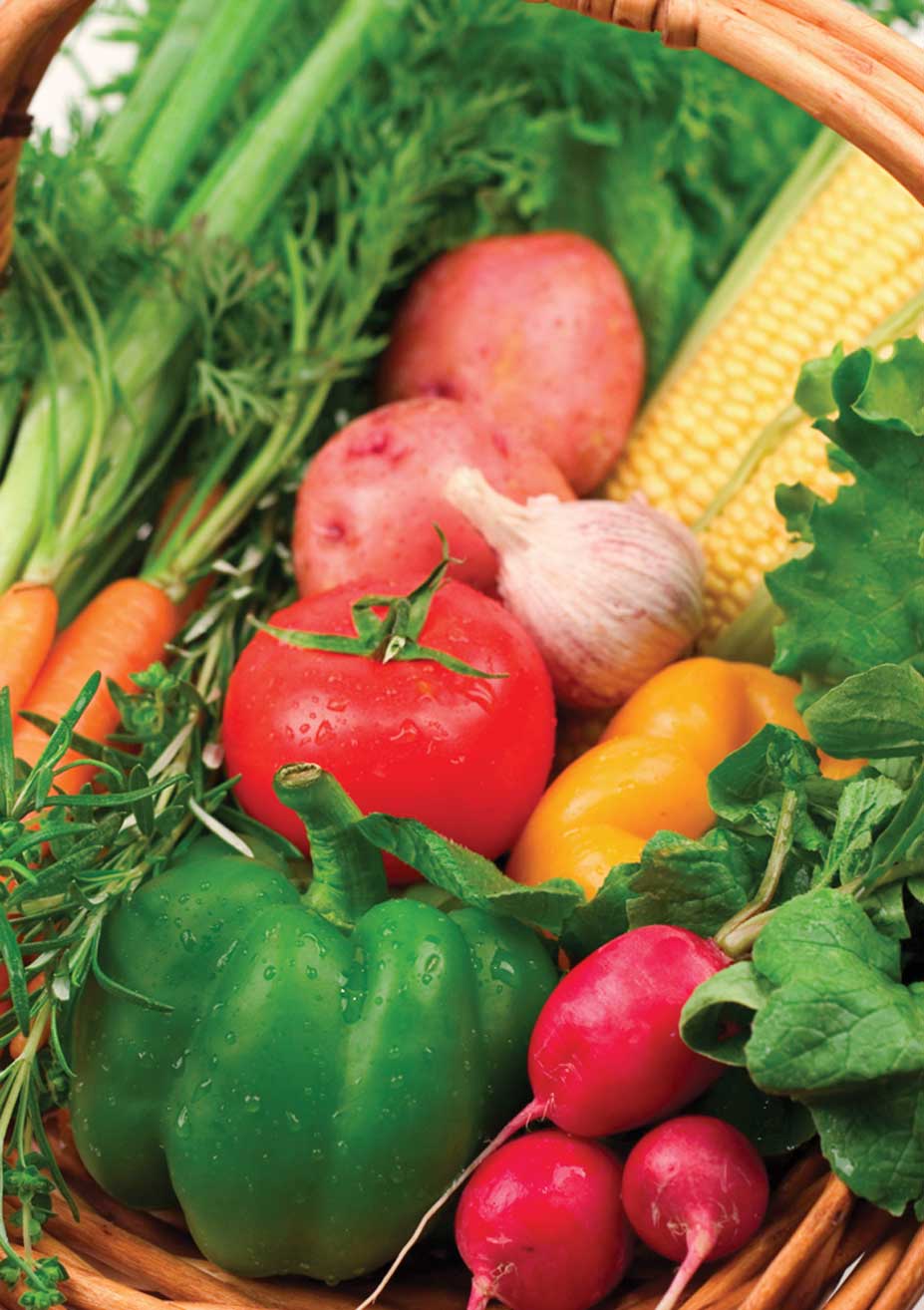
Figure 150. Organic farming methods are often practiced by farmers who sell vegetables at farmers' markets.
The cover crop is plowed under in the spring to release nutrients into the soil. Other natural materials such as manure (animal waste) and compost (leaves, grass clippings, etc.) are also used as natural fertilizers.
HerbicidesChemicals used for killing plants are chemicals used for killing plants. InsecticidesChemicals used for killing insects are chemicals used for killing insects. Organic farmers do not spray their crops with herbicides or insecticides.
Some disagreement exists as to whether or not organic farming is good. Supporters of organic farming say that organic foods are more healthful than foods grown with the aid of chemicals.
Critics (those opposed) of organic farming claim that organic farming has several disadvantages over regular farming. They point out that organically grown foods are more expensive, spoil more quickly, and may contain harmful bacteria. Critics also say that research has failed to show that organically grown foods are more healthful than food from regular farming.
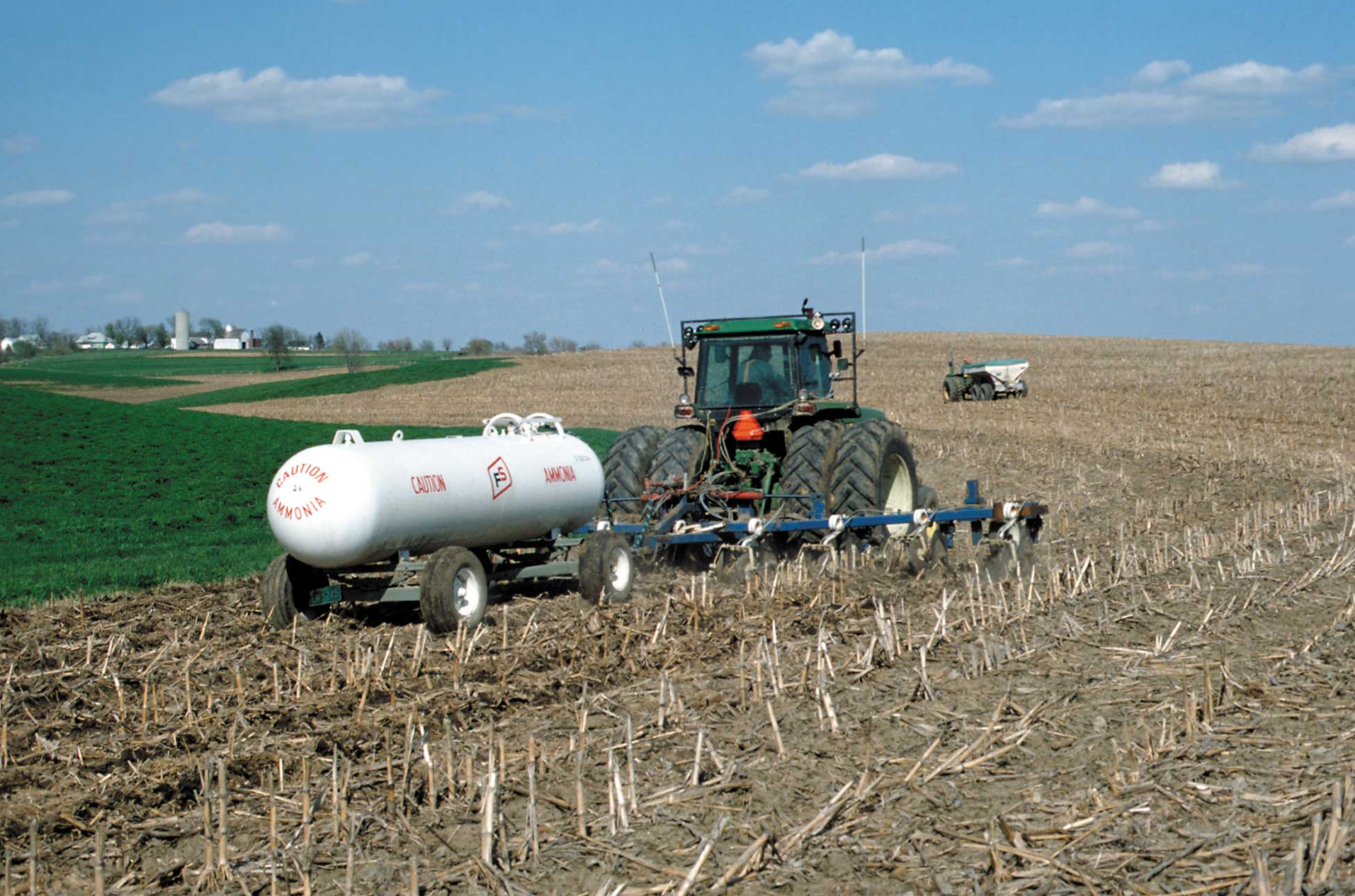
Figure 151. A farmer applies liquid fertilizer to a field in preparation for planting. (USDA)
North Dakota is one of the leading states in organic farming. Large grocery stores generally have a section that features organically grown foods.
Another type of alternative agriculture that has become popular in North Dakota is no-till farming. No-till farmingGrowing crops without tilling the soil refers to a way of growing crops that does not require the soil to be tilled. The stubble of the previous year’s crop is left in place rather than being plowed under. StubbleThe short stalks left in the field after a crop has been harvested is made up of the short stalks left in the field after a crop has been harvested. When the new crop is planted in the spring, the soil is disturbed only enough to stick the seeds into the ground.
Farmers who practice no-till farming list several advantages over the usual way of farming. Farmland that is not tilled does not erode (wear away) easily. Soil that has been turned over by plowing or cultivating is more likely to blow away or wash away by erosion.
Stubble holds moisture better than does bare soil. For this reason, more moisture is available for crops on no-till fields. Earthworms and other helpful organisms are found more abundantly in no-till soil. The organic matter left by organisms and old crops also helps to make the soil fertile.
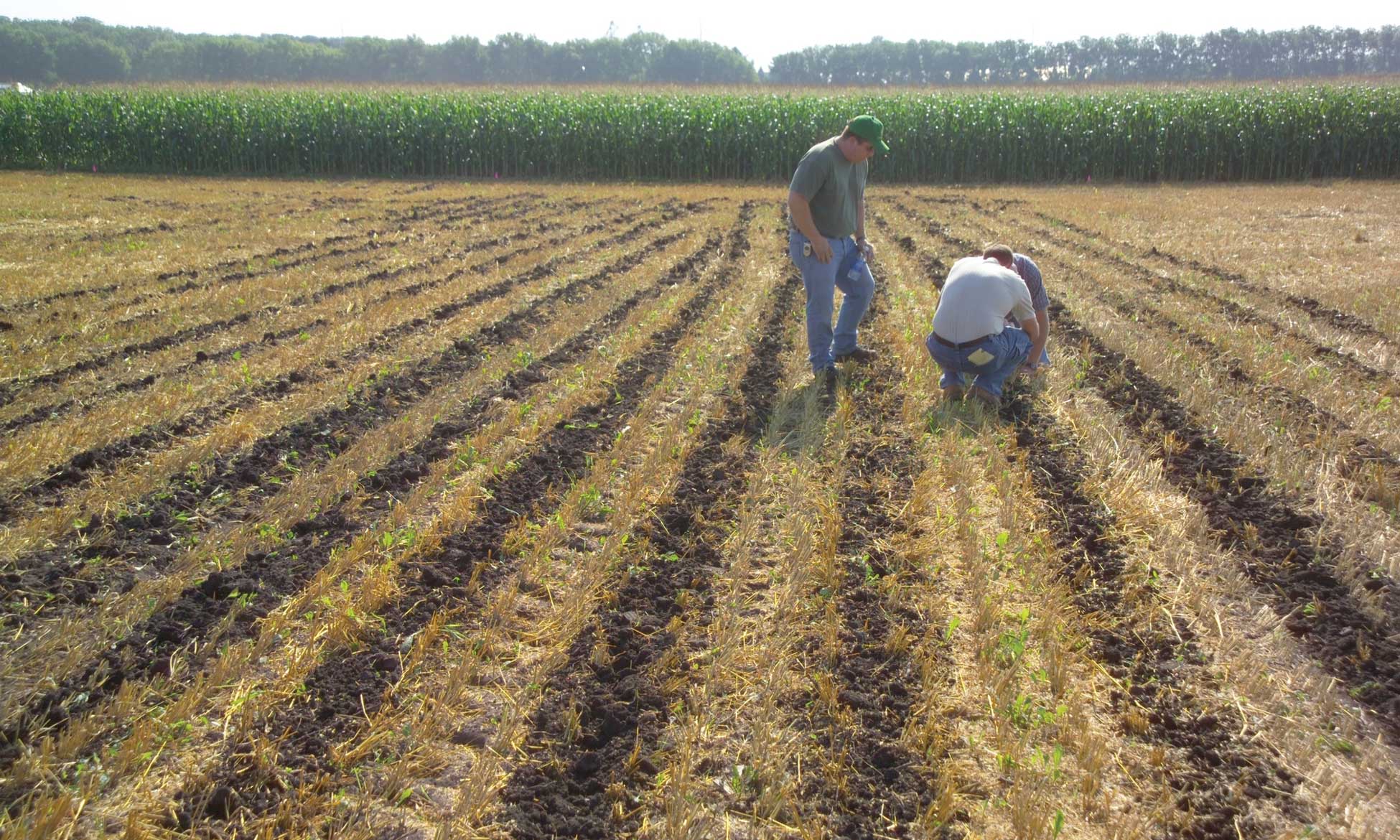
Figure 152. No-till farming is a practice used to prevent soil erosion and to help preserve moisture. (NDSU Extension)
Because the soil is not cultivated, weeds need to be controlled by another method. Rotating crops so that the same crop is not planted in the same spot year after year helps control weeds. Also, no-till farmers often use herbicides to kill the weeds.
A “hobby” is an activity that is carried out by a person during his or her spare time. A hobby farmA small farm that is operated by someone who makes a living in another occupation is a small farm that is operated by someone who makes a living in another occupation. The hobby farm is used for recreation or pleasure rather than for making a living.
Hobby farms are generally fewer than five acres, although some may be slightly larger. Some hobby farmers might keep a few animals such as horses, goats, or other pets on their little farms. Other hobby farmers might raise vegetable gardens or tend fruit trees.
“Urban” refers to cities. In North Dakota, urban agricultureGardens raised in cities generally consists of gardens raised in cities. Some city-dwellers have gardens in their own backyards, but others need to find garden space elsewhere.
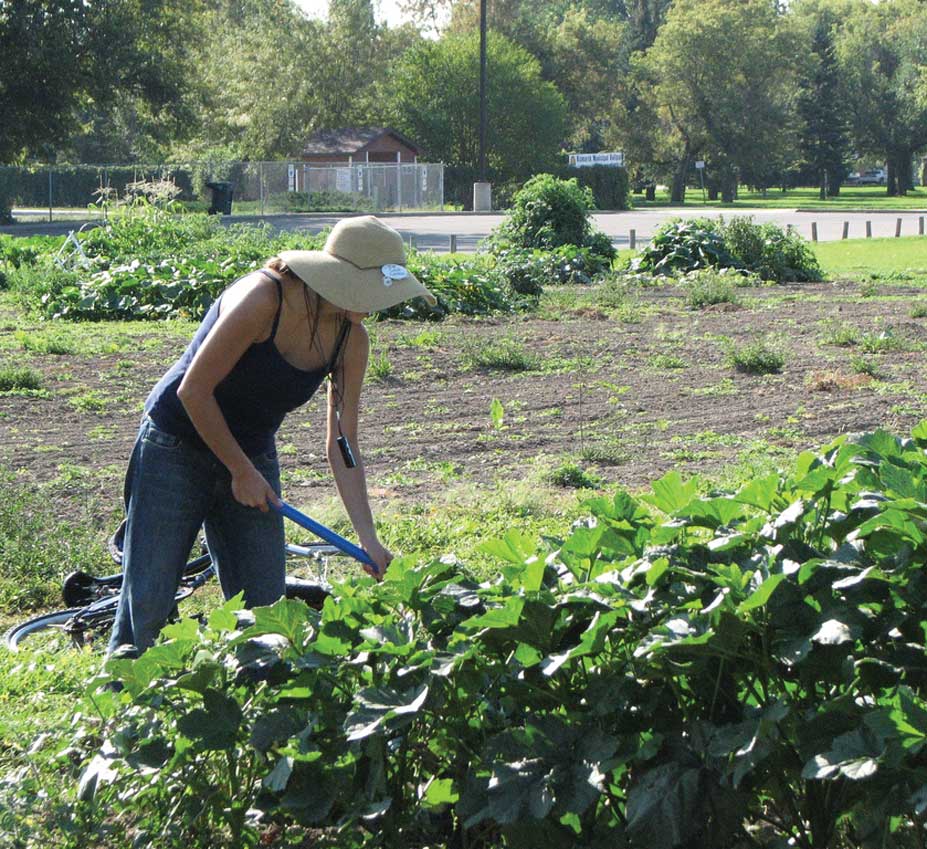
Figure 153. Community gardens are found in the larger cities of North Dakota. These plots allow city residents a place to grow garden vegetables. (Bismarck Parks)
Several North Dakota cities provide community gardens. A community gardenA plot of land where people can rent garden spaces is a plot of land where people can rent garden spaces. People who use community gardens are responsible for planting, weeding, watering and harvesting their vegetables throughout the summer and cleaning up their area in the fall.
Market gardeningThe business of producing vegetables, fruits, or flowers and selling them directly to customers is the business of producing vegetables, fruits, or flowers and selling these goods directly to customers. Market gardening is a way that farmers can earn extra cash.
In North Dakota, the farmers’ market is a popular method for market gardeners to vend (sell) their produce.Fresh fruits and vegetables A farmers’ marketA public outdoor marketplace where farmers sell their goods directly to customers is a public outdoor marketplace where farmers sell their goods directly to customers. During the summer, farmers’ markets are found in dozens of towns and cities throughout the state.
Some market gardeners sell their produce at farmer’s markets or directly to grocery stores. Market gardeners may run a “pick your own” operation. For example, in North Dakota it is popular to pick raspberries and juneberries at some market gardens.
Both raspberries and juneberries may be eaten fresh. They may also be used fresh or frozen in pies, jams, fruit rolls, and desserts.
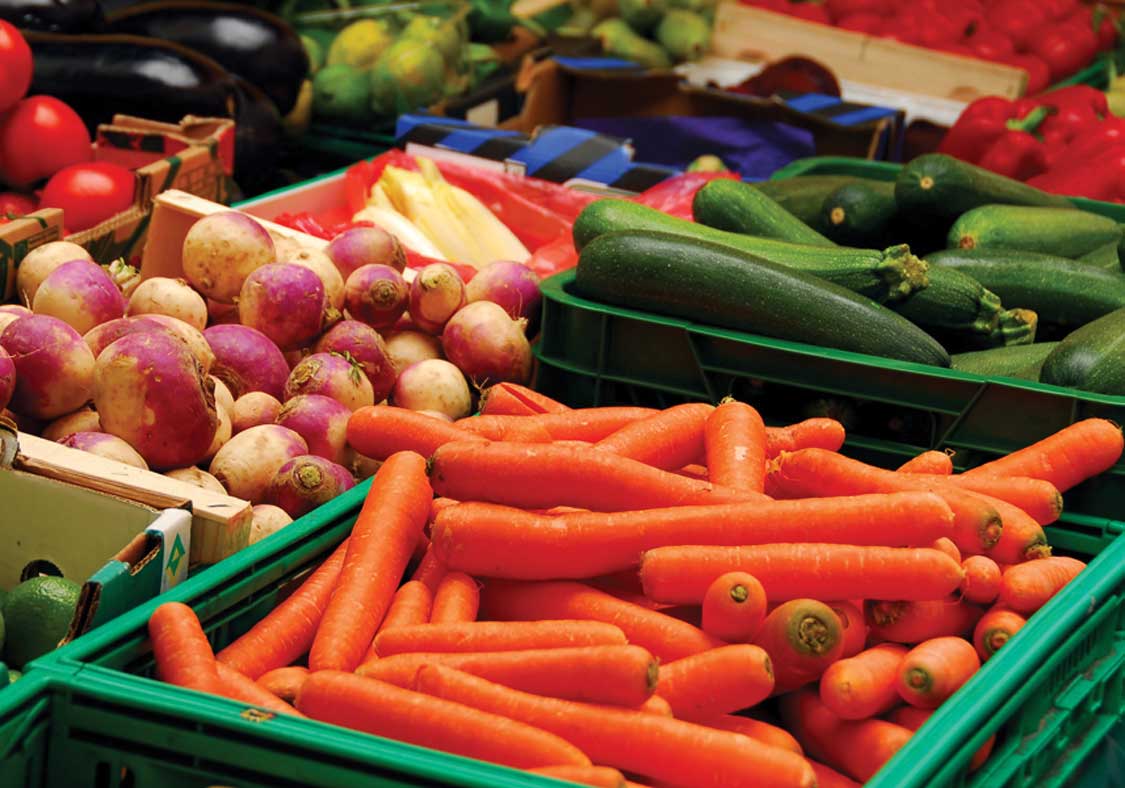
Figure 154. Farmers’ markets can be found in small and large communities all over North Dakota.
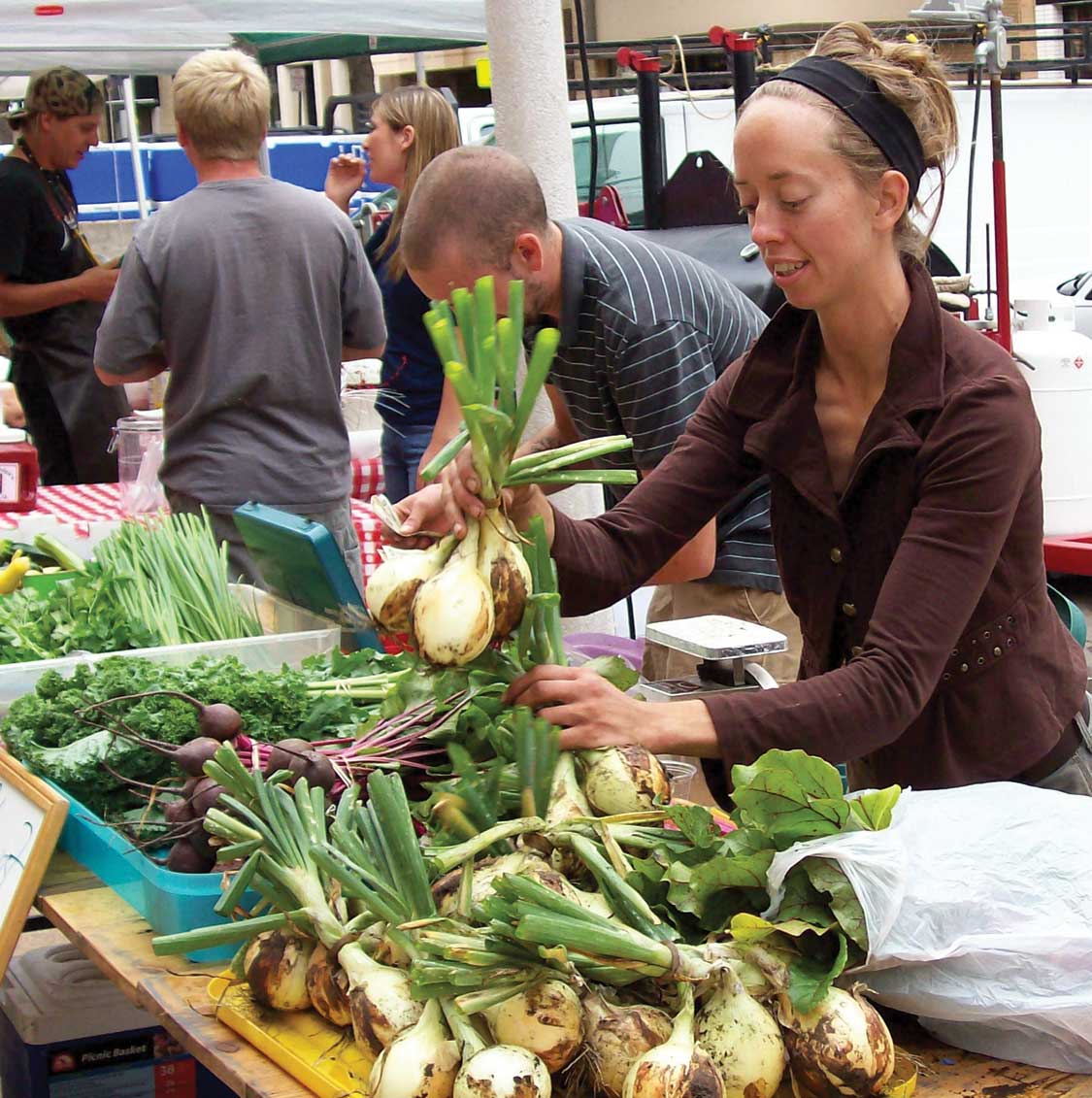
Figure 155. Farmers’ market. This market gardener sells her produce at a downtown Bismarck farmers’ market. (Gwyn Herman)


